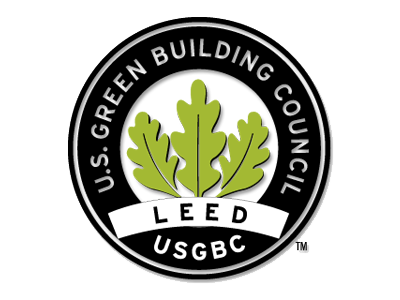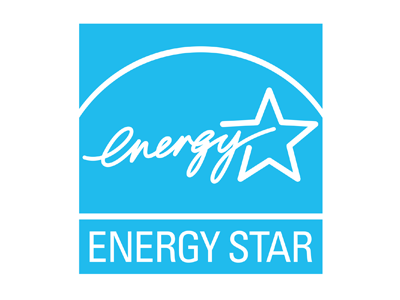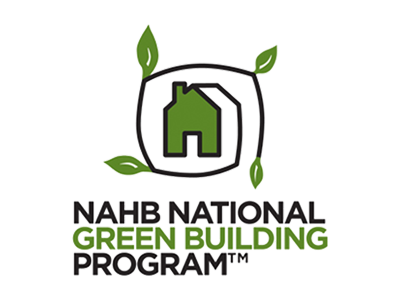- >CALL ☎
- >TEXT 💬
Attic Insulation
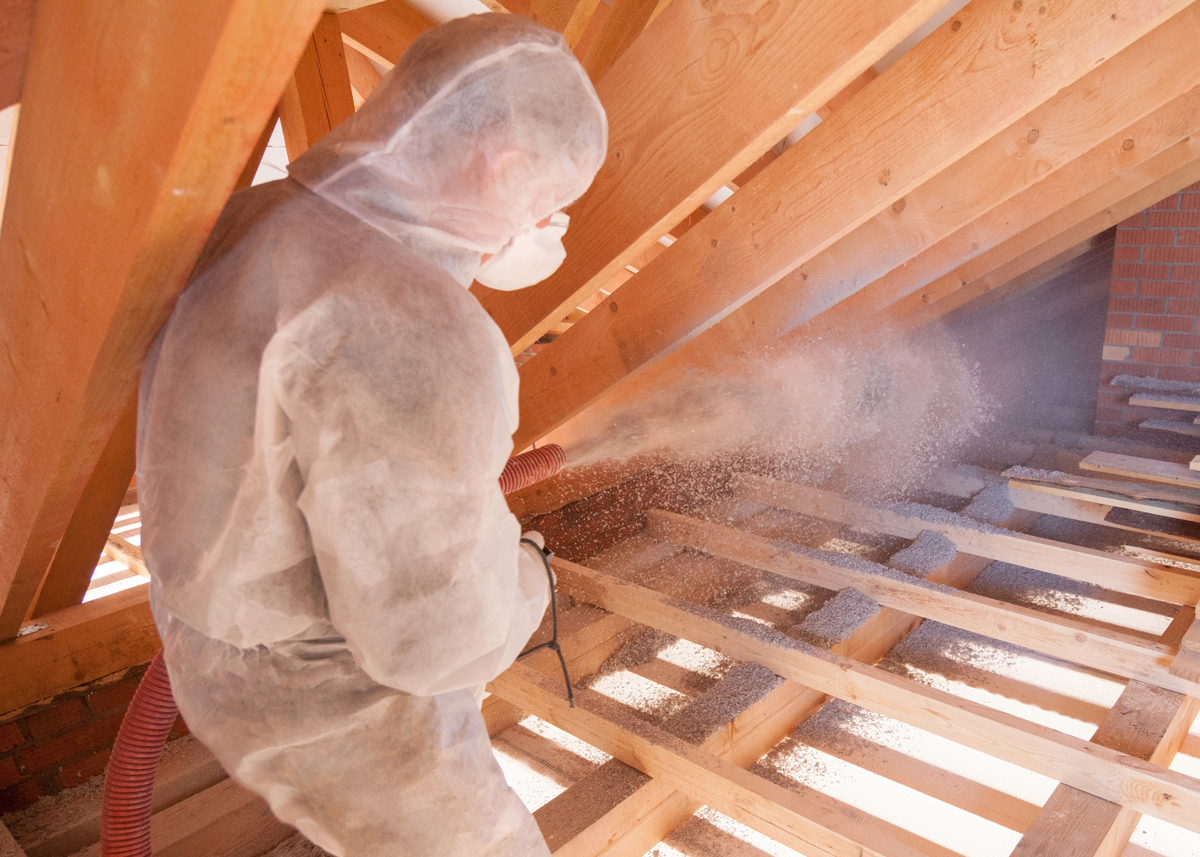
Blown-In Insulation
Is your attic a source of energy waste?
Improve your year-round comfort with an attic insulation upgrade.

Most homes older than five years likely need more insulation to meet current efficiency standards. Upgrading to new, ENERGY STAR qualified insulation can reduce your home's annual heating/cooling utility bill by up to 20%*

Attic Insulation
Learn more about your attic insulation options.
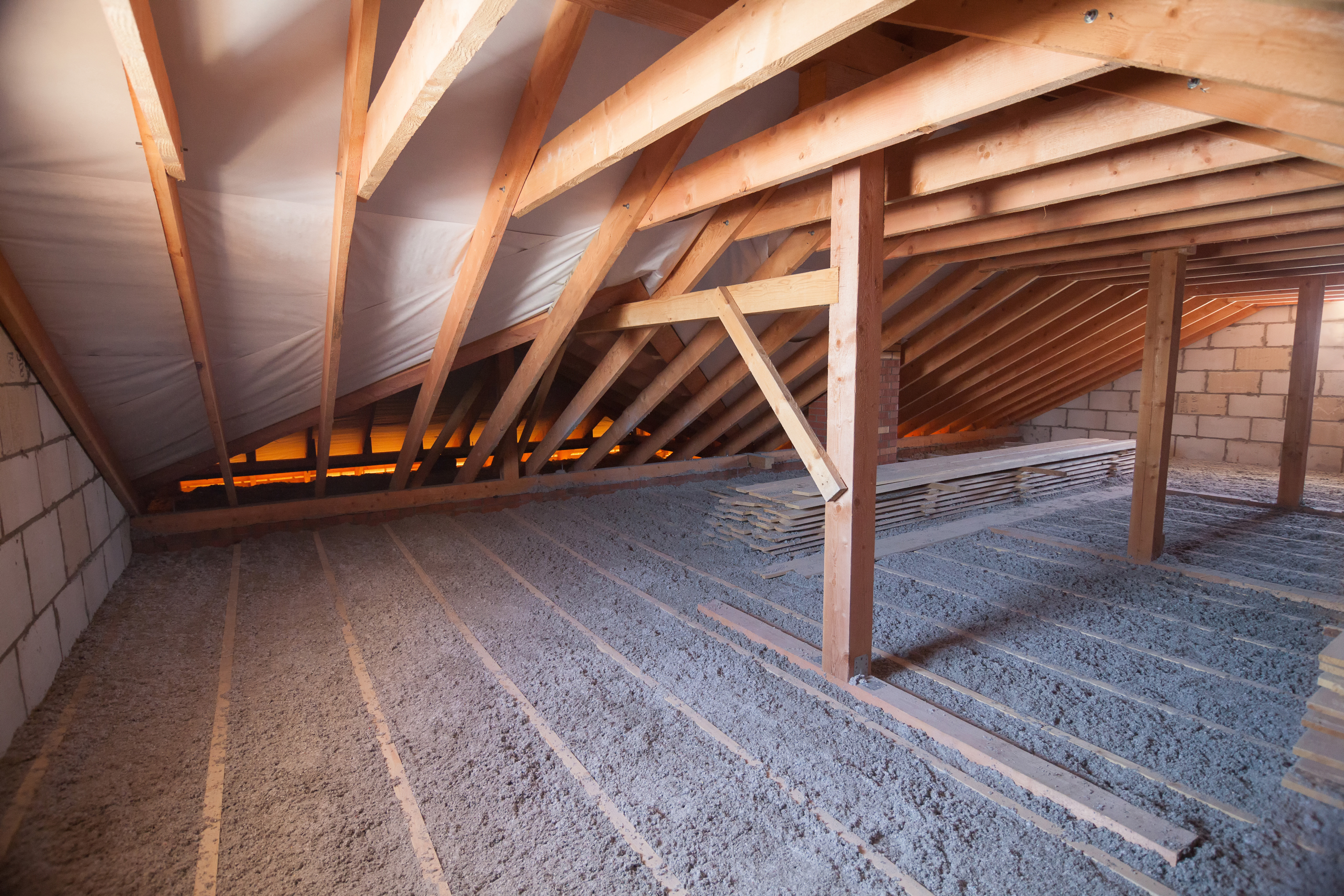
Blown-in Cellulose
Experience a quieter, more energy-efficient home with blow-in Cellulose Insulation. Made from up to 85% recycled paper products and treated with fire retardants, this eco-conscious option is ideal for filling irregular spaces, gaps, and voids in your attic, creating a seamless thermal barrier.
Typically R-3.2 to R-3.8 per inch, offering excellent thermal resistance.
Exceptional air sealing, superior sound dampening, fire resistance, pest and mold deterrent (due to borate treatment), and a high recycled content make it an environmentally friendly option.
Get Estimate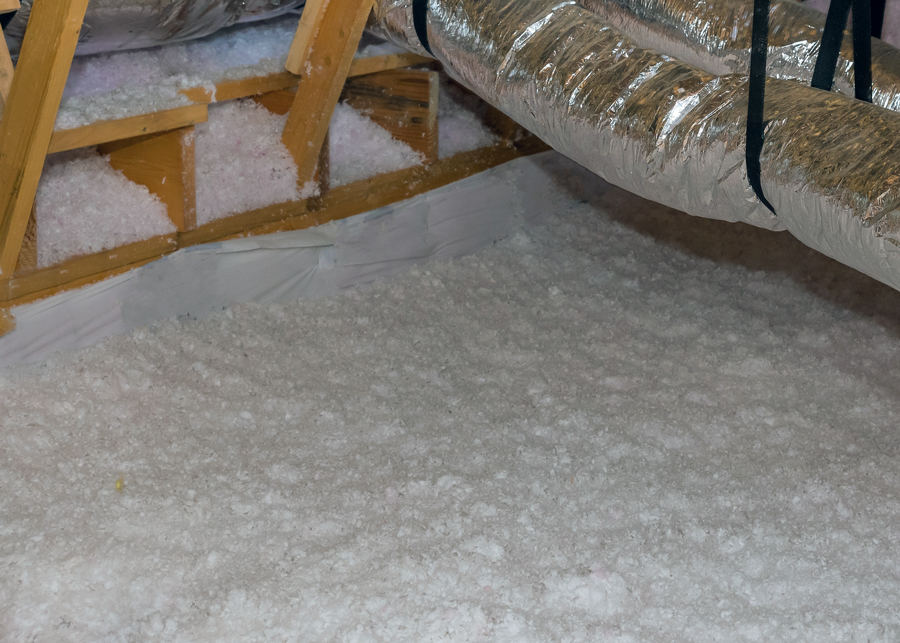
Blown-in Fiberglass
Blown-in Fiberglass Insulation offers a practical and budget-friendly solution for insulating your attic. Composed of tiny glass fibers, this loose-fill material is blown into place, conforming to attic contours and reaching hard-to-access areas to create a consistent thermal barrier. Widely used in both new construction and retrofits, often blown over existing insulation or into empty cavities.
Ranges from R-2.2 to R-3.6 per inch, providing good thermal performance.
Cost-effective, non-combustible, resistant to moisture (though can lose R-value if wet), lightweight, and relatively easy to install, contributing to significant energy savings.
Get Estimate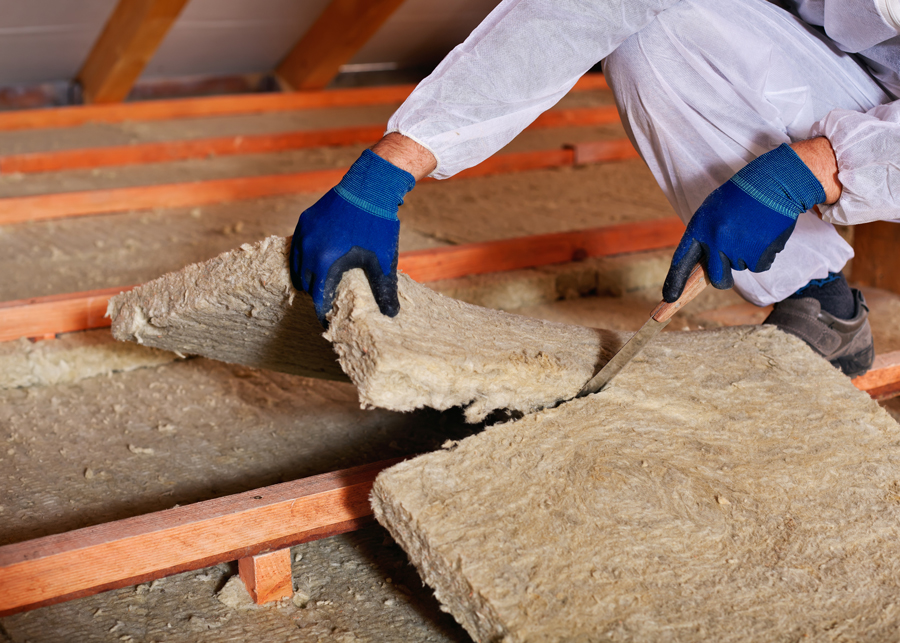
Mineral (Rock/Slag) Wool
Mineral Wool Batts Insulation provides a dense, durable, and high-performance solution for attic spaces, offering exceptional fire resistance and acoustic dampening. Made from natural basalt rock and recycled slag, these semi-rigid batts are cut to fit and installed between attic joists. Best suited for attics with standard joist spacing and open access, where batts can be laid or fitted directly.
Can be layered for higher R-values. Typically R-3.0 to R-4.5 per inch, providing strong thermal insulation.
Superior fire resistance (non-combustible, can withstand up to 1000°C), excellent sound absorption, moisture resistance (repels water while allowing vapor to pass), resistant to rot, mold, and pests, and maintains its R-value without settling.
Get Estimate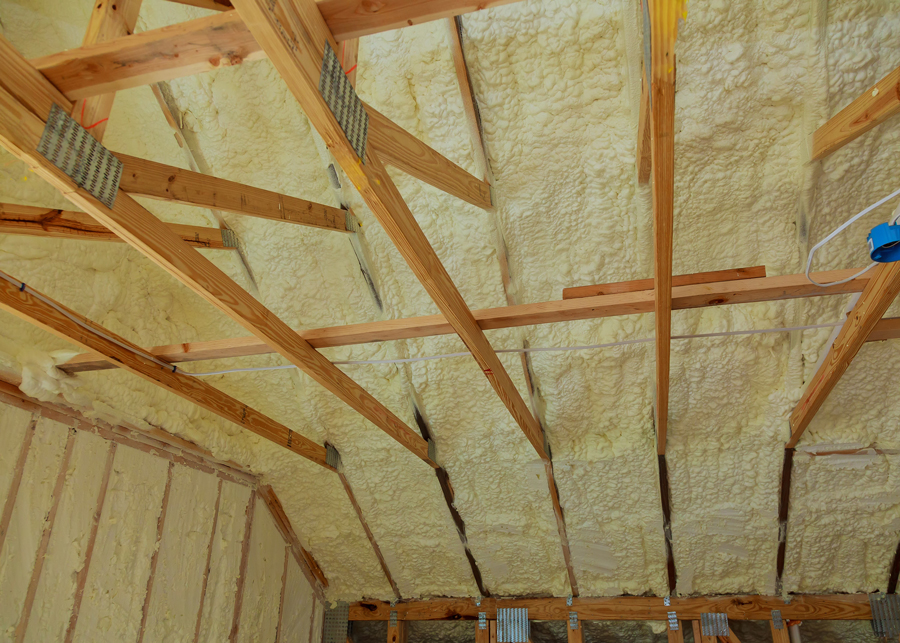
Spray Foam
For the highest level of energy efficiency and air sealing, Spray Foam Insulation is the premier choice for attics. This innovative solution expands upon application to fill every crevice, creating an impenetrable barrier against air leakage and moisture, dramatically improving your home's thermal envelope. Available in Open-Cell and Closed-Cell varieties. Sprayed directly onto the attic floor or the underside of the roof deck, ideal for both new construction and comprehensive attic retrofits, especially in complex or cathedralized attic spaces.
Open-Cell: R-3.6 to R-4.3 per inch (more flexible, good sound barrier). Closed-Cell: R-6.0 to R-8.0 per inch (denser, adds structural strength, moisture barrier).
Creates an unparalleled airtight seal, highest R-value per inch, significant energy bill reductions (up to 15-50%), superior moisture control (especially closed-cell), enhanced indoor air quality by blocking allergens and pollutants, adds structural integrity (closed-cell), and offers long-lasting performance without settling.
Get Estimate6 Benefits of Blown-in Insulation
Fast & Affordable Installation
Our blown-in insulation installation goes quicker than many other types, which means less labor time and a more affordable overall cost for you.
Complete Coverage
It effectively fills every tricky corner, tight space, and irregular cavity, ensuring a seamless thermal barrier that other insulation methods might miss.
Enhanced Soundproofing
Enjoy a quieter home as blown-in insulation significantly mutes both outdoor disturbances and indoor noise transfer.
Reduced Condensation
By creating an airtight seal, this insulation helps prevent condensation, drastically reducing the risk of mold and mildew growth in your attic.
Improved Fire Protection
Enhance your home's safety with insulation that increases its resistance to fire.
Eco-Friendly
Blown-in insulation options are made from different recycled materials, with cellulose also being a biodegradable option.
Free Estimates |
Discover your insulation options with a no-cost, in-home visit from one of our licensed specialists. Our estimates include fair, upfront pricing with no hidden costs and a realistic project timeline. We'll email your comprehensive estimate directly to you.
Frequently Asked Questions
Both are loose-fill materials, excellent for filling irregular attic spaces.
Blown-in Cellulose is primarily made from recycled paper, treated for fire resistance and pest deterrence. It tends to be denser, offering slightly better sound dampening and air sealing properties, with a slightly higher R-value per inch.
Blown-in Fiberglass is made from spun glass fibers. It's lighter, generally less expensive, and non-combustible. While it insulates well, it might not offer the same level of air sealing as cellulose if not installed densely enough.
Spray Foam (Closed-Cell) generally offers the highest R-value per inch (R-6.0 to R-8.0+), making it the most thermally efficient choice for maximizing insulation in limited spaces.
Mineral Wool Batts (R-3.0 to R-4.5 per inch) and Blown-in Cellulose (R-3.2 to R-3.8 per inch) are next, providing excellent thermal resistance.
Blown-in Fiberglass (R-2.2 to R-3.6 per inch) is also effective, but often requires more thickness to achieve the same total R-value as other options.
R-value varies based on application, density, product thickness options, etc. We provide free consulations to ensure your space has the proper R-value and material, tailored to your home and budget.
Blown-in Fiberglass: Most budget-friendly for initial cost.
Blown-in Cellulose: Slightly more expensive than fiberglass but still very cost-effective.
Mineral Wool Batts: A mid-range option, often pricier due to density and specialized benefits.
Spray Foam: The highest initial investment, but often delivers the fastest payback through significant energy savings. Costs vary significantly between open-cell and closed-cell.
Keep in mind that prices are general estimates and can vary based on location, attic size, required R-value, and labor.
Closed-Cell Spray Foam acts as an excellent vapor barrier, preventing moisture from passing through. This makes it ideal for humid climates or areas where moisture control is critical.
Mineral Wool is naturally hydrophobic (repels water) but is also vapor-permeable, allowing moisture vapor to pass through, which can be beneficial in certain attic ventilation strategies.
Fiberglass can lose R-value if it gets wet and can hold moisture, potentially leading to mold if drying isn't adequate. Proper attic ventilation is crucial.
Cellulose can absorb moisture but is treated to resist mold and allows for moisture release. However, prolonged dampness can still compromise its performance.
Proper attic ventilation is essential regardless of insulation type to prevent moisture buildup.
Blown-in Cellulose is typically treated with borate, which acts as a fire retardant and also deters pests and mold growth.
Mineral Wool and Fiberglass are inorganic and generally do not support mold growth or attract pests. However, if moisture is present and other organic materials (like dust or debris) are in the insulation, mold can still occur.
Spray Foam provides a solid barrier that pests cannot easily tunnel through, and it does not provide a food source for mold or pests.
Mineral Wool is renowned for its excellent sound-absorbing properties due to its dense, fibrous structure. It's often used in soundproofing applications.
Open-Cell Spray Foam is effective at absorbing sound, making it a good choice if noise reduction is a priority.
Blown-in Cellulose, being dense and fibrous, also offers very good sound dampening capabilities.
Blown-in Fiberglass offers some sound reduction, but generally less than cellulose, mineral wool, or open-cell spray foam.
Testimonials

